The Milky Way —
Scientists have long believed that there was a black hole in the center of our galaxy. But last Thursday, scientists released the first image ever made of this black hole. The scientists hope the image will help them learn more about black holes and how they work.
All the stars you see in the night sky are part of our galaxy, the Milky Way. And in the center of our galaxy is a black hole. It’s called Sagittarius A* (pronounced “A-star”)
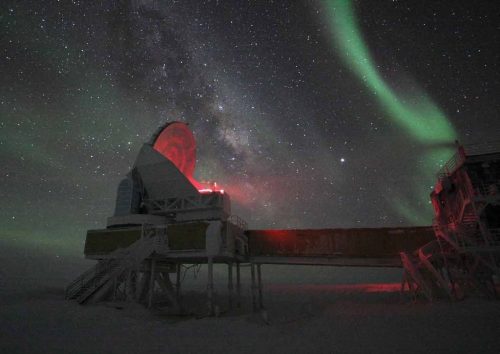
(Source: Dr. Keith Vanderlinde [Public domain], via Wikimedia Commons.)
Matter, Density, and Gravity
Black holes are so different from our everyday experiences that it can be hard to imagine them.
“Matter” means the stuff that things are made of. Matter can be spread out, or packed tightly. Tightly packed matter is “dense”. If you imagine a bowling ball compared to a Styrofoam ball of the same size, the bowling ball is much heavier because it’s denser.
When we think of gravity, we mainly think of the Earth’s gravity. But actually, everything has gravity and pulls on other things. And the larger and denser something is, the more gravity it has.
A black hole is a place where matter is so dense that the pull of its gravity is very, very strong. The gravity from a black hole is so strong that even light cannot escape it.
So scientists can’t actually take a picture of a black hole. Instead, they take a picture of its shadow and the ring of light around the hole called the “event horizon”. That’s the boundary between the hole and the light that is beyond the pull of the hole’s gravity.
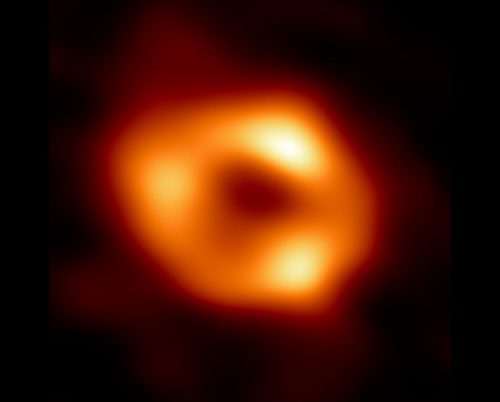
(Source: Event Horizon Telescope Collaboration, via NSF.)
The scientists responsible for the picture of the black hole are part of a group called the Event Horizon Telescope (EHT) project. About 300 scientists in 20 countries have been working on the project for over 12 years.
The “telescope” the scientists use isn’t really a telescope, but a sort of super-telescope made by combining measurements from several large radio telescopes around the world. The time and location of these measurements must be recorded very precisely. This allows the scientists to later use computers to process the radio signals from the telescopes into a single image.
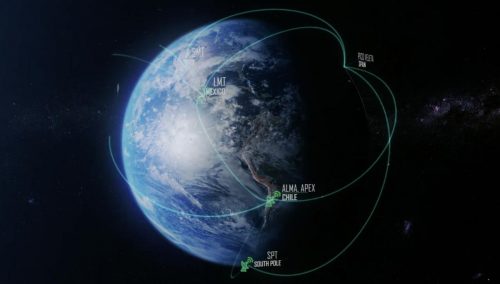
(Source: Screenshot, BH PIRE, UArizona, via National Science Foundation .)
In 2019, the scientists used the EHT to get the first picture ever made of a black hole. That black hole is huge (about the size of our solar system). And it’s far, far away, in a galaxy called M87. Because of its location, this black hole is known as M87*.
Even though the Sagittarius A* is much closer, since it’s in our own galaxy, getting a good image of it was much more difficult. That’s because it’s changing very rapidly, unlike M87*. One scientists described it as “a bit like trying to take a clear picture of a puppy quickly chasing its tail.”
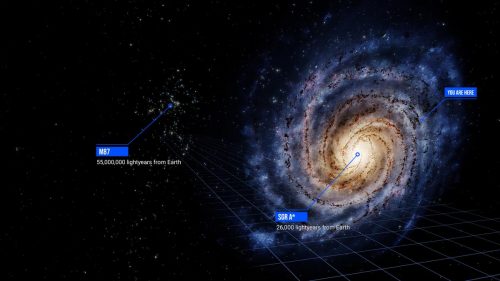
(Source:Keyi “Onyx” Li / National Science Foundation .)
The information for the picture of Sagittarius A* was collected at the same time as the information for the image of M87*. But it took far longer to process the information to create the new image.
But now that they have successfully captured the image, scientists are surprised by how similar it is to M87*. Because M87* is 1,500 times larger than Sagittarius A*, scientists thought there might be bigger differences between them.
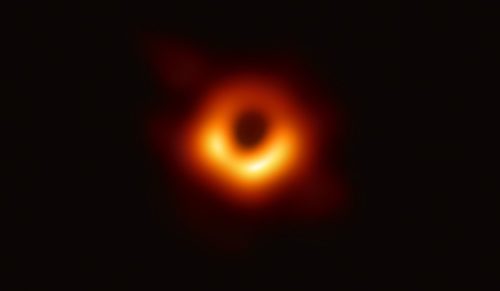
(Source: NSF.)
Still, scientists are looking forward to studying how the two black holes are different, and what it can teach them about gravity.
The EHT project is adding more telescopes to make its super-telescope more powerful. The project’s next goal for Sagittarius A* is to capture a movie of it, in order to study how a black hole changes over time.
